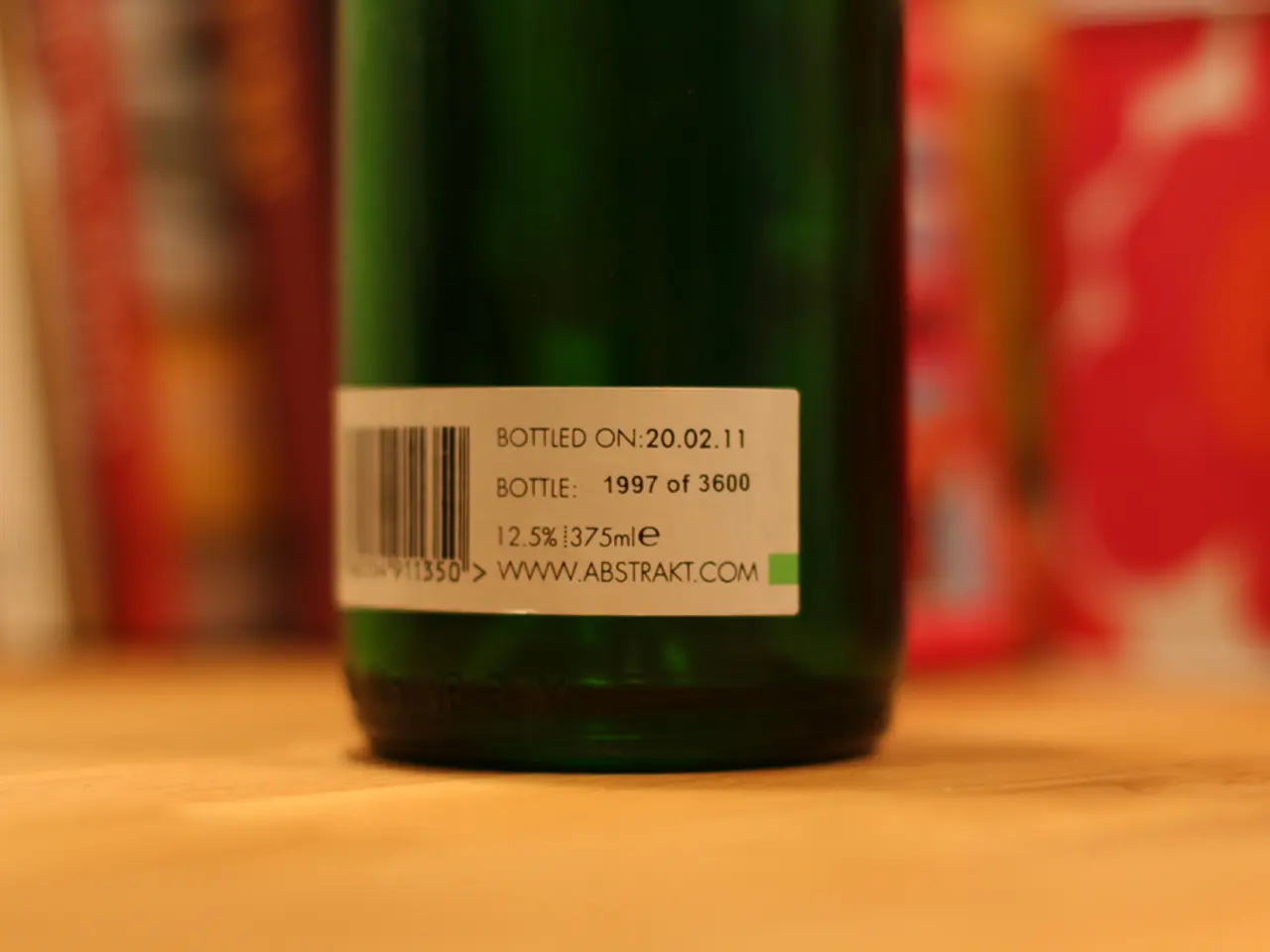DIY Solutions for Vaginal Thrush
Yeast infections, a common health issue, can be treated with a variety of methods, ranging from over-the-counter medications to home remedies. However, the effectiveness of these treatments varies, with medical treatments generally considered more reliable and evidence-backed.
### Medical Treatments
Antifungal medications like butoconazole, miconazole, and terconazole are FDA-approved and are typically the most effective and fastest way to clear yeast infections. These treatments are available over-the-counter or by prescription and are recommended especially for first-time, severe, recurrent infections, pregnancy, or immunocompromised patients. Prescription medicines may include oral antifungals for more severe or recurrent cases.
### Home Remedies and their Effectiveness
While some home remedies have shown antifungal activity in scientific studies, they are generally considered less reliable and mainly recommended as complementary approaches or for mild cases.
| Home Remedy | Scientific Evidence & Effectiveness | Notes & Precautions | |---------------------|--------------------------------------------------------------|--------------------------------------------------| | Apple cider vinegar (ACV) | Inhibits *Candida albicans* growth in vitro. Used diluted orally; topical vaginal use not recommended due to irritation risk. | Should never be used undiluted or applied directly vaginally due to burning and irritation. | | Boric acid | Effective against recurrent and hard-to-treat yeast infections; sometimes as effective or better than traditional antifungals. | Potent antiseptic; for vaginal suppositories only and under medical supervision. | | Coconut oil | Contains natural antifungal compounds that inhibit *Candida* in studies. | Consult healthcare providers before topical use; risk of irritation is lower but possible. | | Grapefruit seed extract | Shows potential for healing fungal infections, especially oral candidiasis. | Applied topically in diluted form; evidence limited. | | Ginger (gingerol) | Potent antifungal properties; ginger tea may help manage Candida infections. | More evidence needed; typically used as dietary supplement. | | Honey | Anti-inflammatory and antifungal effects; raw honey applied topically may help. | Effectiveness in yeast infections is less studied; best as supportive care. | | Licorice | Anti-inflammatory and antimicrobial properties. | Limited clinical data for yeast infections. | | Lemongrass oil | Antimicrobial properties with some antifungal potential. | Should be diluted with carrier oils before topical application to prevent irritation. | | Yogurt | Contains probiotics that may help restore vaginal flora; some research supports use. | No strong evidence that it cures yeast infections; may be more preventive. |
### Overall Comparison
Medical antifungals are more consistently effective for treating yeast infections and have standardized treatment regimens. Home remedies may provide mild antifungal effects or symptomatic relief, but they carry risks such as irritation or incomplete treatment leading to recurrence. Boric acid is a notable exception among home remedies, with clinical evidence supporting its use for difficult or recurrent infections, but it must be used cautiously and preferably under professional guidance.
### Conclusion
For quick, reliable, and safe clearing of yeast infections, medical treatments remain the gold standard. Some home remedies like boric acid suppositories and coconut oil have promising antifungal properties but should generally not replace medical therapy, especially in severe or recurrent cases. Other remedies like apple cider vinegar, honey, ginger, and grapefruit seed extract need more rigorous clinical study to confirm their effectiveness. Consulting a healthcare provider is essential before starting any home remedy, particularly for internal use or persistent symptoms.
Frequently asked questions: There is no evidence that cranberry juice helps yeast infections, but it can help lower the risk of urinary tract infections. Drinking water can help manage vaginal flora and shift pH levels, but it does not usually flush out yeast. Another study agreed that probiotic yeasts could be a promising, effective alternative or combination therapy for candida infections. Coconut oil, when applied internally or externally, can combat candida albicans yeast due to its antifungal properties.
- Medical treatments, such as antifungal medications like butoconazole, miconazole, and terconazole, are FDA-approved and typically the most effective for treating yeast infections.
- These treatments are available over-the-counter or by prescription and are recommended especially for first-time, severe, recurrent infections, during pregnancy, or for immunocompromised patients.
- Prescription medicines may include oral antifungals for more severe or recurrent cases.
- Although home remedies have shown antifungal activity in some scientific studies, they are generally considered less reliable and mainly recommended as complementary approaches or for mild cases.
- Boric acid, a home remedy, is effective against recurrent and hard-to-treat yeast infections and may be as effective or better than traditional antifungals.
- Grapefruit seed extract has the potential to heal fungal infections, particularly oral candidiasis.
- While some home remedies like honey, licorice, lemongrass oil, ginger, and yogurt have antifungal properties, they need more rigorous clinical study to confirm their effectiveness in treating yeast infections.
- For quick, reliable, and safe clearing of yeast infections, medical treatments remain the gold standard.
- Consulting a healthcare provider is essential before starting any home remedy, particularly for internal use or persistent symptoms.
- Probiotic yeasts could be a promising, effective alternative or combination therapy for candida infections, according to some studies.
- Coconut oil, with its antifungal properties, can combat candida albicans yeast when applied internally or externally.
- There is no evidence that cranberry juice helps yeast infections, but it can help lower the risk of urinary tract infections, and drinking water can help manage vaginal flora and shift pH levels.




